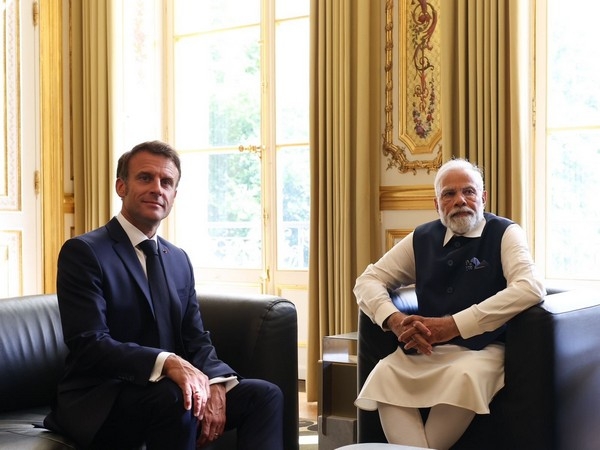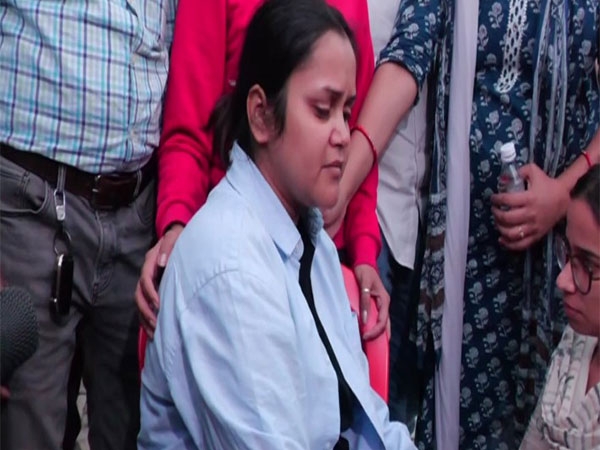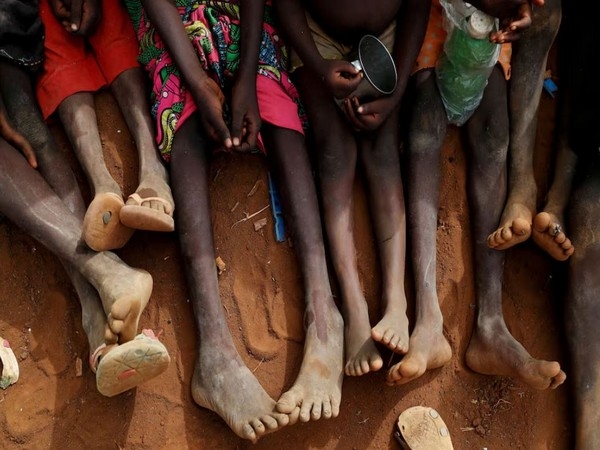Across the LoC, the recent rise in Indo-Pak crossfire is a human tragedy
For Kashmiris living along the Line of Control, the recent rise in shelling between India and Pakistan has turned the gold of autumn into the dark fear of death.
The constant shelling in the past few months has been devastating and brought back painful memories for people who live on the villages on the both sides of the LoC.
But the suffering of civilians seldom evokes our anguish, especially if they happen to fall on the other side of the disputed line. The nature of competing nationalism annihilates every ground for empathy. When it comes to civilians from Pakistan administered Kashmir, there is a near complete blackout of information here. We are more preoccupied with official narratives of "surgical strikes" and "terror launch-pads" rather than the suffering of people who live amidst the crossfire.
Uri attacks and its aftermath
This author spoke to several eye-witnesses living on the Pakistani side of the LoC. After the Uri attack on 18 September this year, both sides have reportedly violated the ceasefire multiple times and there have been several incidents of heavy shelling. After the Uri incident, around 38 civilians are reported to have died due to the massive shelling along the LoC
Around 11,000 families had to vacate their houses in the most vulnerable areas. Of these families, 8869 families have been displaced in Kotli district alone, followed by 1588 in Bhimber district. Schools have been closed, much like the situation on the Indian side. The omnipotence of nationalism on both sides is such that the emotional trauma children living along the LoC face, is seldom acknowledged.
Some eyewitnesses say that shelling had begun increasing earlier, following the killing of Hizbul Mujahideen commander Burhan Wani on 8July 2016.
Forbidden solidarities
Perhaps the most heart-wrenching incident in the recent strife along the LoC has been the killing of four children at Singhala village of Khuiratta in the Kotli sub-sector, Pakistan Administered Kashmir. On 19 November 19, Rabia aged 4, Faiza aged 7, Shazia aged 8 and a boy Shahzad aged 16 lost their lives when a mortar shell hit their house.
"My uncle was injured in the shelling from the other side (of the LoC) on 23 November....I feel completely helpless at our vulnerability," says a friend from Neelam Valley. Her uncle was injured when shelling from the Indian side hit a bus in Lawat.
Lawat lies in the upper belt of the Neelam Valley along the LoC, about 100 km northeast of Muzaffarabad, the capital of Pakistan administered Kashmir. Some of the injured waited in the bus till afternoon as the firing went on. It was nearly impossible for the authorities to come and rescue the injured. Apparently 9 people were killed and around a dozen suffered serious injuries in the attack.
As I articulated my concern, she wrote with anguish, "Do you know how it feels when I hear these claims of vengeance on television screens? Do you know what happens when I hear gunshots? My childhood at Neelam Valley flashes in front of me and its marred with just two emotions -- pain and fear .
Highway in the line of fire
The only road which connects Neelam Valley to the capital city of Muzaffarabad falls parallel to the Line of Control. So every India and Pakistan indulge in sabre-rattling, this highway becomes inaccessible. Almost two lakh inhabitants of this Valley end up as prisoners. Many times people hide in their underground cattle sheds to escape the shelling.
This highway was closed for 13 long years from 1990 to 2003, when the shelling was at its peak. Gradually a by-pass road was constructed to make the valley accessible. However, given the proximity with the LoC, vehicles had to drive without headlights for security reasons at night, resulting in a lot of road accidents.
Also the travel time of two hours often stretched to as much as 20 hours. Natives who worked outside the Neelam Valley would not be able to return to homes for months together. But distance seemed a luxury over constant fear of death one faced while travelling though the Neelam-Muzaffarabad highway. However, this sense of security was short-lived as gradually this by-pass too came under the the line of fire from across the LOC.
Things improved after the 2003 ceasefire between the two countries. The frequency of the skirmishes came down, giving a false sense of security to the people living along the LoC. Until now.
Senior journalist Tariq Naqash who reports for Dawn from Muzaffarbad says, "This has been the most intense, indiscriminate and unrelenting spell of shelling since 2003. Occasional ceasefire violations happened in other sectors, but the Neelam Valley largely remained invulnerable in these 13 years."
Even as we fail to overcome the restrictions of nationalism in our outrage and solidarities, a young Kashmiri from Changat village helplessly shares a picture of his young daughter on Facebook with a message, "I am unable to give her a different childhood. She has to grow under shelling, bombing threats of war and shadows of fear, as I did".
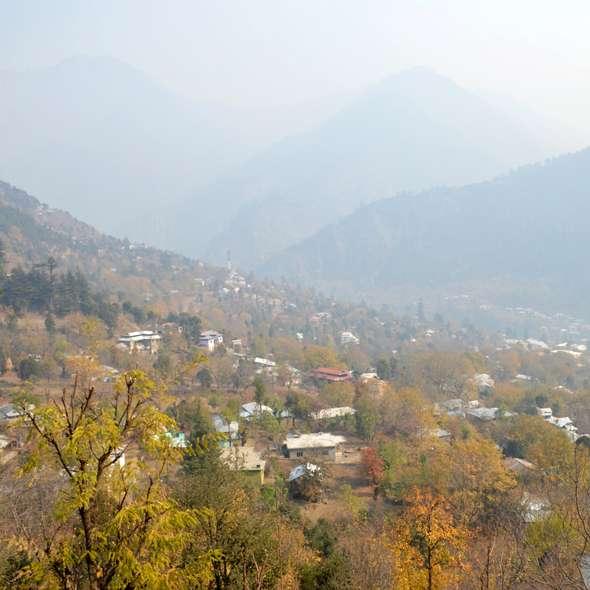

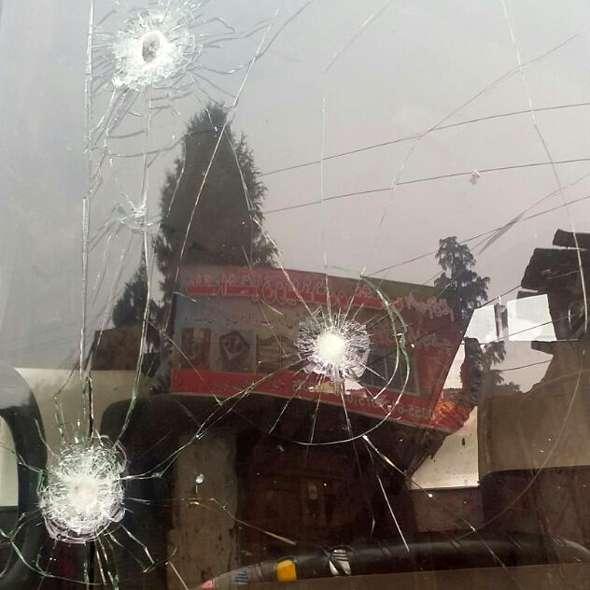

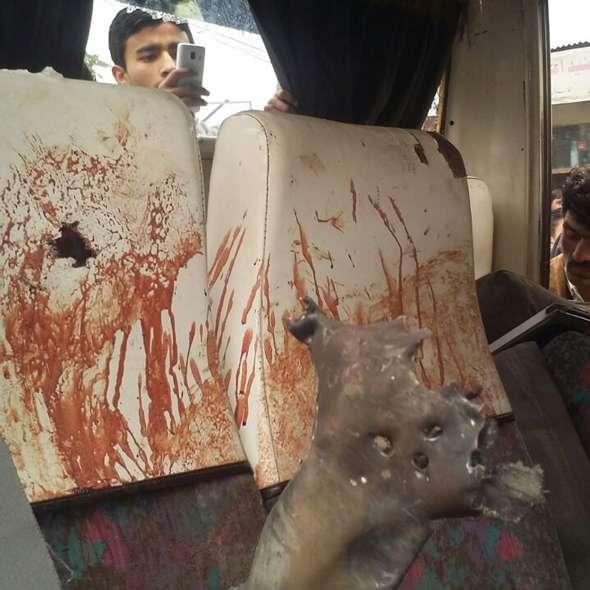
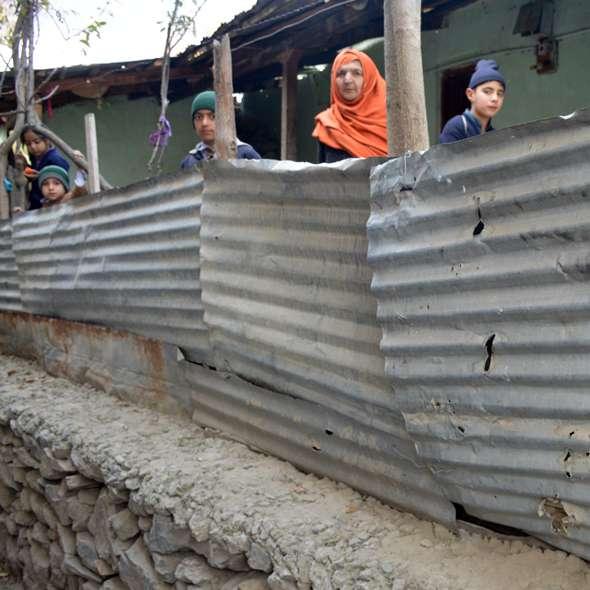


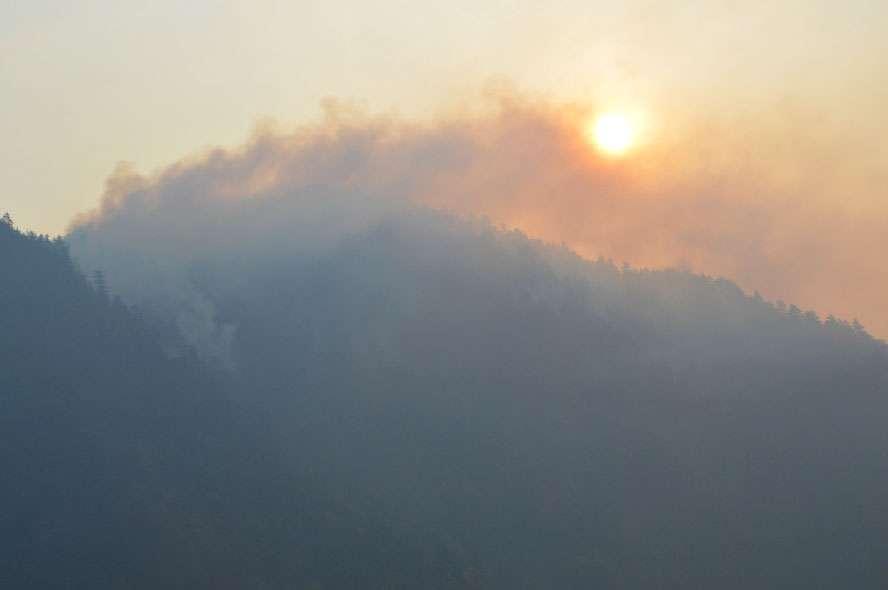



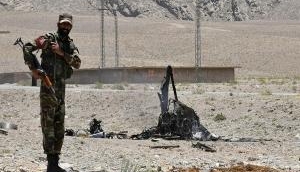


![BJP's Kapil Mishra recreates Shankar Mahadevan’s ‘Breathless’ song to highlight Delhi pollution [WATCH] BJP's Kapil Mishra recreates Shankar Mahadevan’s ‘Breathless’ song to highlight Delhi pollution [WATCH]](https://images.catchnews.com/upload/2022/11/03/kapil-mishra_240884_300x172.png)

![Anupam Kher shares pictures of his toned body on 67th birthday [MUST SEE] Anupam Kher shares pictures of his toned body on 67th birthday [MUST SEE]](https://images.catchnews.com/upload/2022/03/07/Anupam_kher_231145_300x172.jpg)


